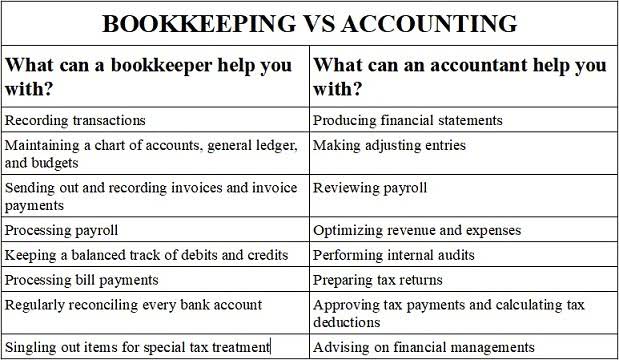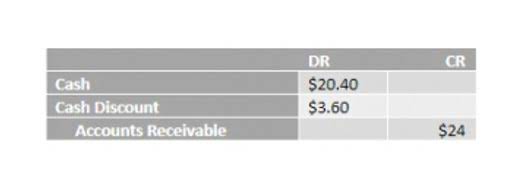
Understanding each company’s size, sector, and goal is pertinent to interpreting its ratio. For the example above, company A is a well-established, stable company. Someone on our team will connect you with a financial professional in our network holding the correct designation and expertise. This team of experts helps Finance Strategists maintain the highest level of accuracy and professionalism possible. A company with a high degree of leverage may thus find it more difficult to stay afloat during a recession than one with low leverage.
- The results of this measure are looked at by creditors and investors who want to know how financially stable a company can be.
- On the opposite end, Company C seems to be the riskiest, as the carrying value of its debt is double the value of its assets.
- One shortcoming of this financial measure is that it does not provide any information about the quality of assets.
- For example, comparing the return on assets between companies helps an analyst or investor to determine which company is making the most efficient use of its assets.
- A higher ratio suggests higher financial risk, as the company may have difficulty repaying its debts if its assets lose value or cash flow decreases.
Market Value Ratios
By reducing debt, a company can improve its financial position and lower its debt to assets ratio. The debt to assets ratio is a valuable tool for evaluating a company’s risk and solvency. A higher ratio suggests higher financial risk, as the company https://www.bookstime.com/ may have difficulty repaying its debts if its assets lose value or cash flow decreases. On the other hand, a lower ratio implies a stronger financial position, with a higher ability to repay debts and absorb unexpected financial shocks.
Current Ratio
This ratio, calculated by dividing total liabilities by total assets, serves as a valuable tool for assessing a company’s financial stability, gauging risk exposure, and evaluating capital structure. Develop a comprehensive financial plan that considers the company’s long-term debt to asset ratio goals, cash flow projections, and debt repayment strategies. A well-designed financial plan can help optimize the debt to assets ratio and ensure sustainable growth. The debt to assets ratio, while useful, provides a limited view of a company’s financial health.
Pros and cons of home equity loans

This assessment can be particularly vital for creditors, investors, and other stakeholders when evaluating the financial health of an organization. It gives stakeholders an idea of the balance between the funds provided by creditors and those provided by shareholders. It indicates an extreme degree of leverage, which consequentially means better returns in the case of success (provided you can find someone willing to invest in a company with a high-risk profile). If you’re wondering how to calculate your debt-to-asset ratio, it’s actually a lot easier than you may think. All you’ll need is a current balance sheet that displays your asset and liability totals. Knowing your debt-to-asset ratio can be particularly helpful when preparing financial projections, regardless of the type of accounting your business currently uses.
What is the total debt-to-total assets ratio?
- In a low-interest-rate environment, borrowing can be relatively cheap, prompting companies to take on more debt to finance expansion or other corporate initiatives.
- Implement strategies to reduce debt, such as paying down high-interest loans, refinancing existing debt at lower interest rates, or negotiating better repayment terms with creditors.
- It indicates how much debt is used to carry a firm’s assets, and how those assets might be used to service that debt.
- The calculation includes long-term and short-term debt (borrowings maturing within one year) of the company.
- However, if a financial percentage is labeled as a ‘long-term debt to assets ratio,’ it will only take into account the long-term debt.
- Understanding where a company is in its lifecycle helps contextualize its debt ratio.
A higher ratio also indicates a higher chance of default on company loans. Creditors use this financial measure to judge the financial risk of a company. A higher financial risk indicates higher interest rates for the company’s loan. Instead of considering total debt, which is a sum of short-term and long-term debt, this formula will only consider long-term debt. A higher debt-to-total-assets ratio indicates that there are higher risks involved because the company will have difficulty repaying creditors.
Total Debt-to-Total Assets Formula

As you can see, the values of the debt-to-asset ratio are entirely different. The ratio for company A is rather low – it means that the majority of the company’s assets are funded by equity. Having this information, we can suppose that this company is in a rather good financial condition.
It does not consider factors such as profitability, cash flow, or market conditions. Therefore, relying solely on this ratio may not provide a comprehensive assessment of a company’s overall financial position. All accounting ratios are designed to provide insight into your company’s financial performance. The debt-to-asset ratio gives you insight into how much of your company’s assets are currently financed with debt, rather than with owner or shareholder equity. A company with a higher degree of leverage would be prone to financial risk and thus find it more difficult to stay afloat during a recession.
